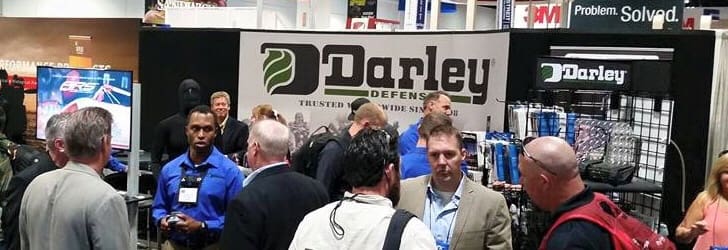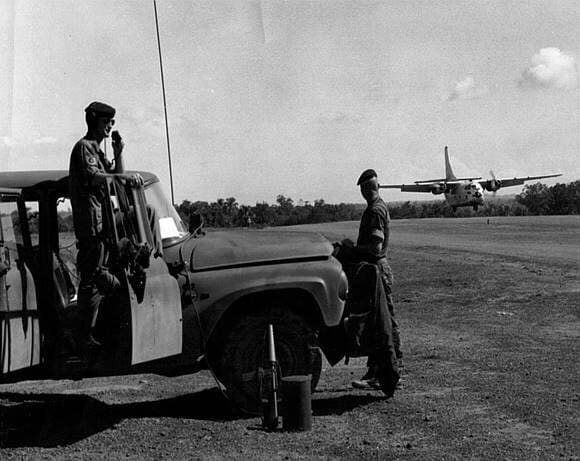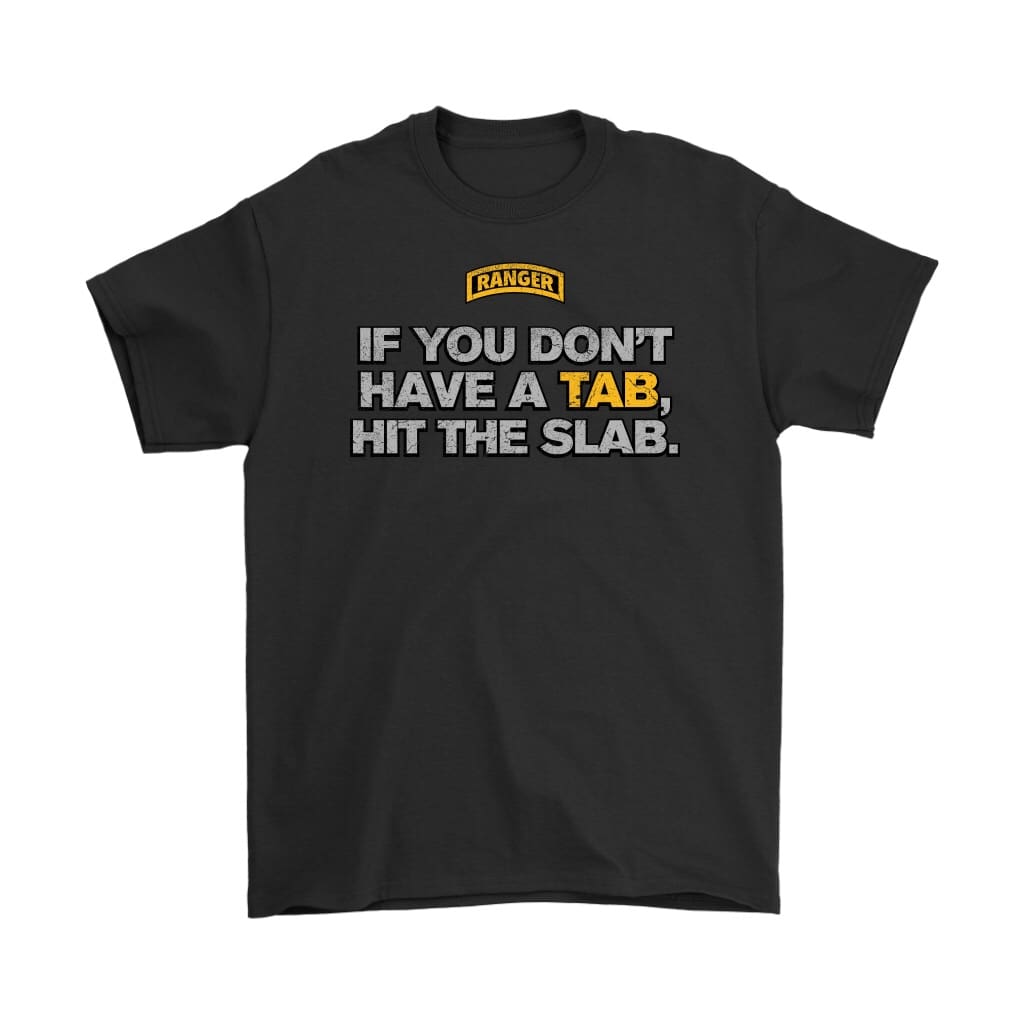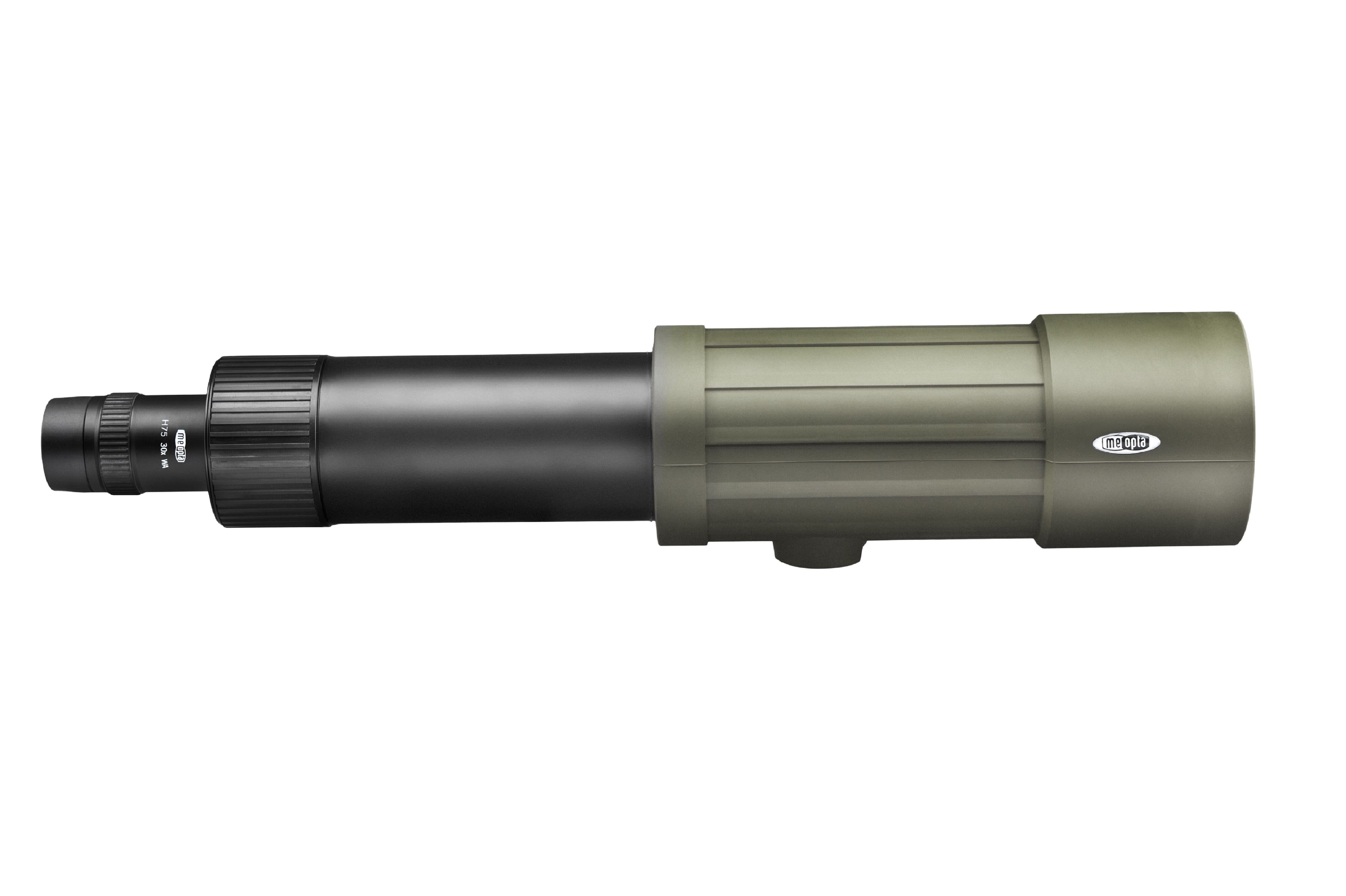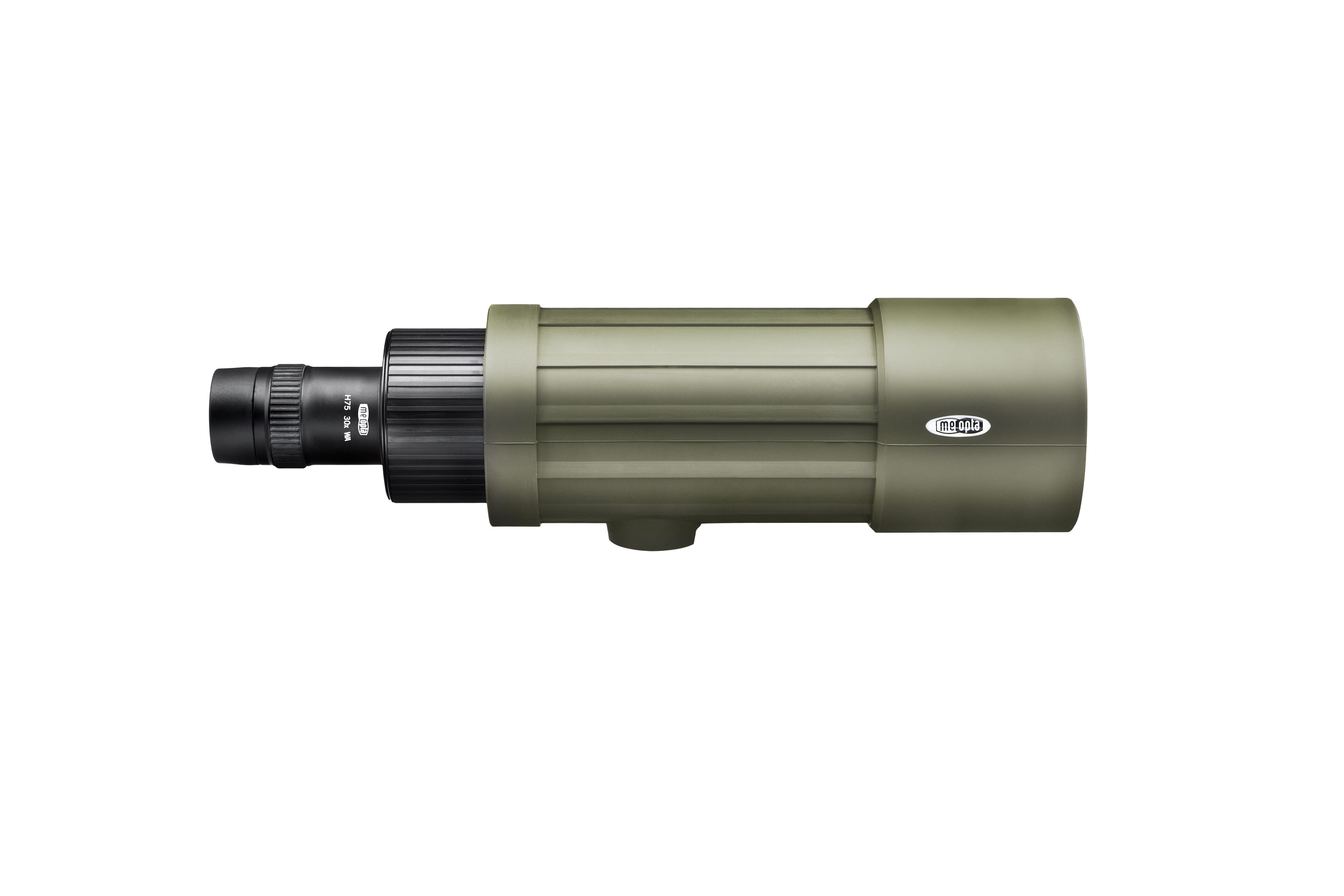Who:
Savannah Luggage Works is an American contract cutting and sewing company in continuous operation for 40 years. Founded by 2 brothers, Allen & David Rice, both U.S Army veterans. SLW specializes in complicated high-quality products & services used by high intensity U.S. military, industrial, & individual use organizations. Our logo says it all: built on quality, innovation, & service. SLW is Viet Nam veteran owned, Hub Zone certified, & a small business.

What:
Headquartered in Vidalia, GA with 3 state of the art plants, a highly trained & skilled work force, 800 sewing machines, & can-do management. No order is too small or large, we do them all in the United States of America. You name it & we have probably made it. Examples are 1,700,000 IOTV/OTV Outer vest for combat body armor. 100’s of thousands of pouches, cases, assault packs, & other related military gear, & 2,500,000 pieces of Tumi luggage. Considered by world-wide serious travelers as the best of the best.
When:
SLW was founded in March of 1978, in a 250 square foot, run down, 1 room apartment in Vidalia, GA.

Where:
Two plants in Vidalia, GA, 110,000 square feet, 1 plant in Swainsboro, GA 30,000 square feet. Total- 140,000 square feet.
Savannah Luggage Works
3428 Hwy 297 North
Vidalia, GA 30474
Oh: 912-537-3024
Why:
Two brothers who believe the US industrial base is actually a national security issue, we believe in American manufacturing, and we wanted to do our part. We are not your competitor. Our job is to help you reach your goals. Work with us, you’ll be glad you did.
www.savannahluggage.com
